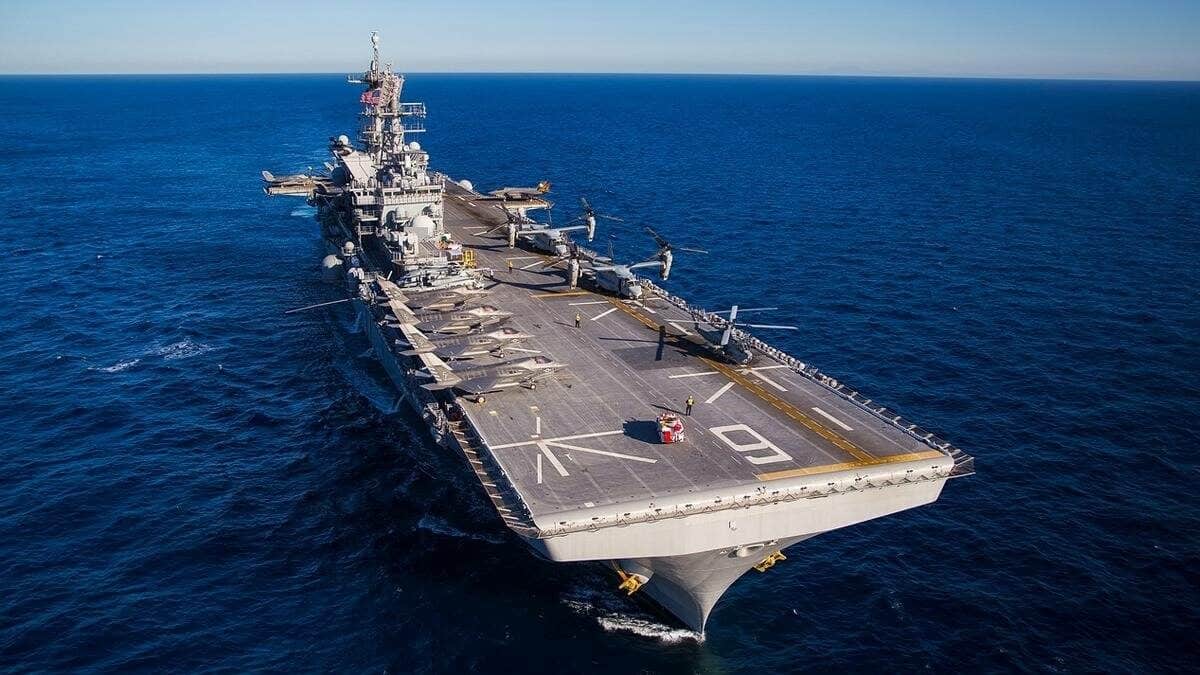Sean and Robot are exploring how boats move in the water and look at some of the science that gets things moving.
Ships are a great way of getting around – they help get across lakes and travel to France for our holidays. Also if you have anything labelled “Made in China” chances are that it was brought to the UK on a container ship. But how do these ships move through the water?
Well, to start of with, it’s important to understand about the resistance that water creates on a ship. As a ship moves through the water it experiences an considerable opposing resistance force. You will have experienced a similar force when swimming and it’s why walking is often quicker than swimming. In order to minimise this force, ship designers work hard to make the ship more streamlined.
How a ship moves depends on its location. If a ship is in a crowded harbour then small slow exact movements are required. But if it’s travelling in open water and there’s no other ships around then speed is the main requirement.
There are a large number of different ways to move the ship through the water:
- Oars – the first source of ship propulsion ever developed. They rely on the strength of the person in the boat to pull the boat along, and are normally only seen on smaller boats which are easier to propel. Not great to move a large container ship
- Horses – the traditional method of moving boats along inland waterways and canals. Not great for ships travelling in the ocean.
- Sail – uses the wind to propel a boat through the water. Great when there’s wind about. Awful on a bright calm day
- Paddle steamers – use large paddle wheels to push a boat through the water.
All of these were each once the height of technology. But today are normally only used for sport and pleasure craft. Modern ships normally use some variation of a propeller due to the higher efficiency and performance.
- Propeller – the most common form of ship propulsion today. They can operate on their own or in groups of two or three, and are normally mounted in a fixed position on the ship.
- Azimuthing thrusters – a variation of a propeller that are mounted on rotating pods to allow the ship to move in any direction. Great for getting into and out of ports.
For the ship to move, the propeller needs a source of power, or a engine. This is normally placed in the centre of the ship low down as it can be very heavy. To connect the engine to the propeller, a propeller shaft can be used, providing a physical link.
And finally:
- Water jets – commonly seen in Jet Skis. They create a jet of water that forces the boat along. They can also be used on larger ships but are only efficient when operating at very high speeds.
Click here to get Sean’s Ships on iTunes!
Get the series on your phone or tablet and listen whenever you like – at home, in the car or onboard your very own ship!
Find out how huge, heavy container ships manage to float on the water and how submarines can go for months and months sitting at the bottom of the ocean!
You can hear new episodes weekdays from 8am on Fun Kids – and catch-up on previous episodes in full now!
You can subscribe to the Sean’s Ships podcast channel for FREE in:
…or you can listen here:
Sean’s Ships is supported by Lloyd’s Register Foundation.
Click here to find out more!
Add a commentSean’s Ships
How do ships work and why are there so many routes? Sean's exploring the history and science behind ships and international trade!
More From Sean’s Ships







